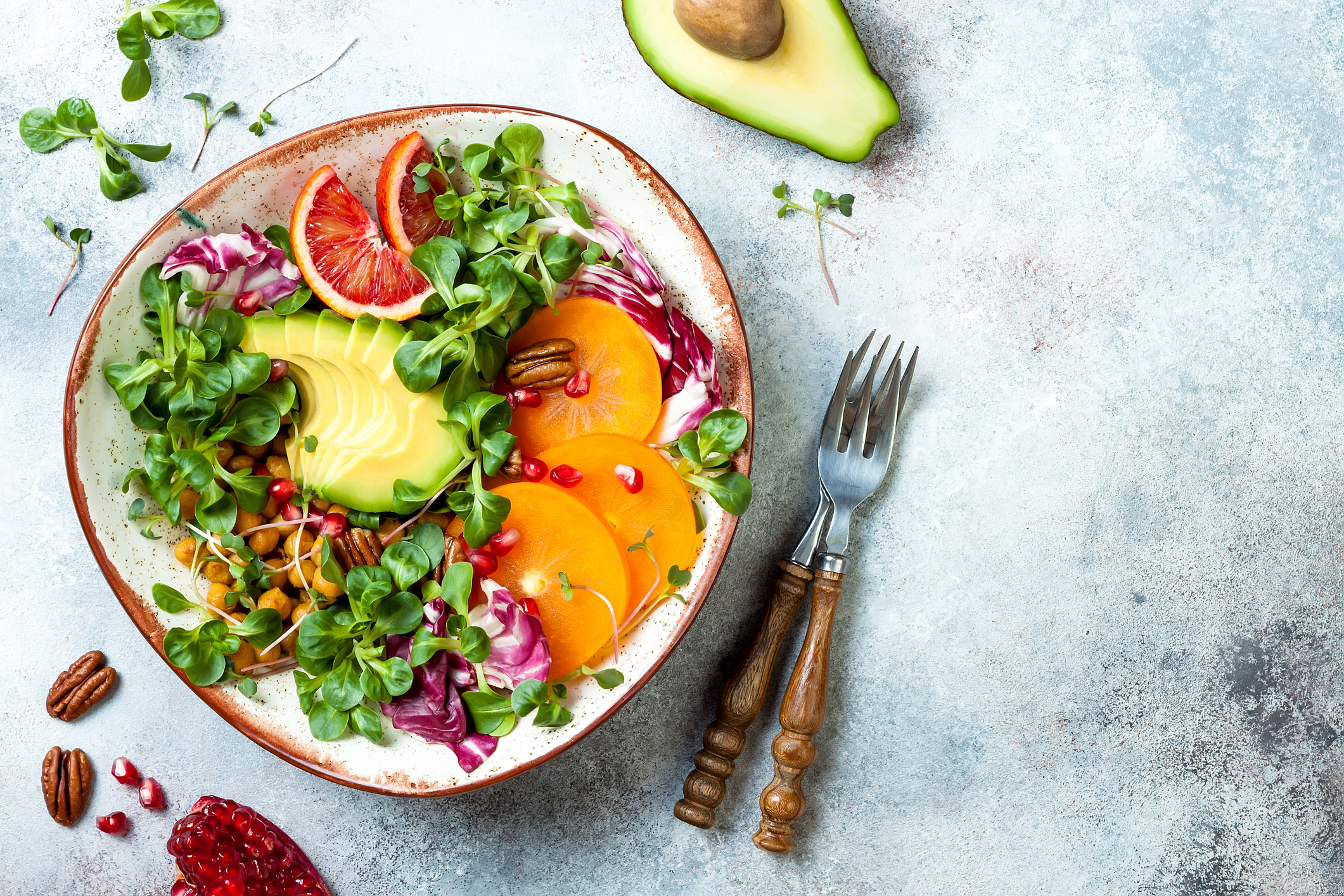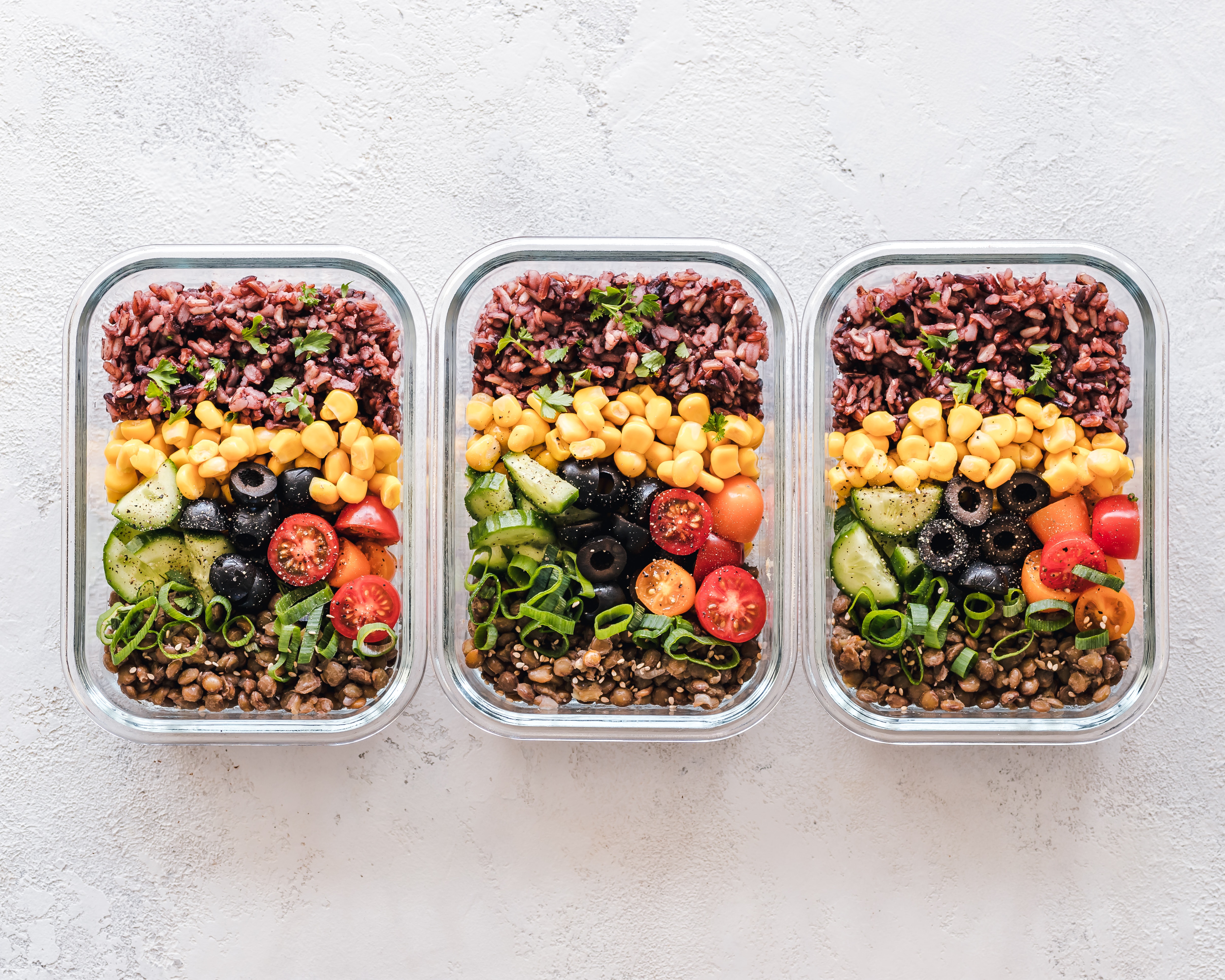Are you a goal setter?
If you are then you know how important it is to spend some time crafting a strategy on how you will accomplish your goals.
The best way to accomplish a goal, especially if it is a pretty big one, is to set smaller goals that will help you accomplish the big one.
I have found that this helps decrease the feeling of overwhelm that can sometimes creep into our brains when we aren’t seeing progress as we’d like to.
Just a couple of weeks ago, I was talking with a client that needed to make some pretty big changes in her diet because of the state of her health.
Often when I work with clients that need to make drastic changes, they are resistant and have a million excuses and reasons why they can’t make those changes. (Who’s with me here?)
However, this client was different! She was ready and willing to do whatever she needed to do to improve her health.
In fact, she said five words that I found so empowering, “If not now, then when?” (Yes, girl!)
If not now, then when?
To me that means…Today is the DAY! No more excuses!
The following 6 steps are the exact steps my client and I co-created together as her plan of attack for getting her to eat healthy foods! (Because a personalized approach is the best approach!)
You’ll notice we took her BIG goal and broke it down into smaller, bite-sized goals.
6 EASY TIPS FOR EATING HEALTHY FOODS
STEP ONE: SET YOURSELF UP FOR SUCCESS
Make a plan! (It’s straightforward but true!)
Begin by creating a few, small manageable steps. When you approach change gradually and with commitment, you set yourself up for success.
SIMPLIFY
Instead of being overly concerned with the “how” of eating, think of the “what”, and focus on color, variety, and freshness.
When you focus on finding foods that you love and easy recipes that incorporate fresh ingredients, your diet will gradually become healthier and more delicious!
START SLOW AND CHANGE OVER TIME
Trying to make your diet healthy overnight isn’t realistic! (Or smart, for that matter!)
Changing everything at once usually leads to cheating or giving up on your new eating plan.
Try making a small step like adding a salad (full of colorful vegetables) with a dressing made from scratch to your diet once a day! Report back and let us know how it goes for you!
EVERY CHANGE MATTERS
Every little adjustment you make in your diet, MATTERS!
You don’t have to be perfect right now! Don’t let your missteps derail you — every healthy food choice you make counts.
Celebrate your successes every step of the way!
STEP 2: REMEMBER BALANCE & MODERATION
We all need a balance of carbohydrates, protein, fat, fiber, vitamins, and minerals to sustain a healthy body.
Using moderation, keeping track of what you eat, and how what you eat makes you feel will help you be successful.
AVOID THE WORD “OFF-LIMITS”
When you ban certain foods or food groups, it is natural to want those foods more! (And then you end up feeling like a failure if you give in to temptation.)
If you are drawn towards sweet, salty, or unhealthy foods, start by reducing portion sizes and not eating them as often.
Before you know it, you may find yourself craving them less or even thinking of them as only occasional indulgences.
KEEP AN ABUNDANCE OF HEALTHY FOODS
Place the foods you want to eat more of within easy reach in the pantry or refrigerator. Stock your house full of them!
Make fruits and veggies an easy grab and go food by pre-washing and cutting them.
MEAL PREP
Organize your schedule so that you can spend a little time each week doing some meal prep. Meal prep helps you stay on top of your food goals.
Basic Meal Prep Includes:
- Creating a menu plan for the week.
- Grocery shopping.
- Doing some of the recipe prep, like chopping all the veggies needed for each meal.
STEP 3: FILL UP ON COLORFUL FRUITS & VEGGIES
Fruits and vegetables are the foundation of a healthy diet!
Try to eat a rainbow of fruits and vegetables every day! If you really wanna do an A+ job, try to eat veggies with every meal!
Colorful fruits and vegetables contain higher concentrations of nutrients and different colors provide different benefits, so make sure to eat a variety!
Here are some colorful ideas…
- Branch out beyond basic lettuce! Spinach, kale, chard, broccoli, and Napa cabbage are all wonderful options! In fact, they are all packed with calcium, magnesium, iron, potassium, zinc, and vitamins A, C, E, and K.
- Naturally sweet vegetables such as carrots, beets, sweet potatoes, yams, bell peppers, onions, and squash will add healthy sweetness to your meals and reduce your cravings for other sweets. (Try it out!)
- The sweetness of fruit can satisfy a sweet craving and nourish your body at the same time.
STEP 4: EAT HEALTHY CARBS
Most of the time when people think of carbohydrates, they think of grains.
Many people are discovering that grains aren’t necessarily the best option for them when it comes to carbohydrates.
It’s best to listen to your own body and figure out if grains are a good choice for you.
Healthy carbohydrates would include whole grains, beans, fruits, and vegetables.
- Avoid carbs made with refined and highly processed sugar and grains. These types of carbohydrates digest quickly and cause spikes in blood sugar levels, dips in energy, and offer very minimal nutrient content.
- Try some healthier carbs like brown rice, millet, oats, and quinoa. All of these can be ground into flour which can add variety to baked goods! Experiment with different grains to find your favorites.
- Continue adding a variety of vegetables, like sweet potatoes, plantains, beets, carrots, turnips, and cauliflower to name a few.
STEP 5: ENJOY HEALTHY FATS
Good sources of healthy fat are needed to nourish your brain, heart, cells, hair, skin, and nails!
Foods rich in certain omega-3 fats (called EPA and DHA) are particularly important and can reduce cardiovascular disease, improve your mood, help prevent dementia, and keep you feeling full and satisfied!
Here are a couple ways to incorporate healthy fats…
- Coconut oil and avocado oil are both ideal choices for all types of cooking! Use them in place of industrial seed oils, like vegetable oil. Both oils offer health benefits including improved digestive function, immune system support, and fights inflammation!
- Stock up on raw nuts and seeds. These can be roasted over low heat, stored for quick on the go snacks, or sprinkled into hot cereal and salads.
- Include more avocados in your diet! Add them to smoothies (yes, smoothies!) for an extra creamy texture, toss into salads, mix into dips, smear on your favorite toast, or use them to make a tasty and satisfying dessert.
STEP 6: PUT PROTEIN IN PERSPECTIVE
Protein gives us energy to get up and go…and keep going!
Protein in food is broken down into the 20 amino acids that are the body’s basic building blocks for growth and energy, and essential for maintaining cells, tissues, and organs.
A lack of protein in our diet can slow growth, reduce muscle mass, lower immunity, and weaken the heart and respiratory system.
Here are three tips for making sure you’re getting enough, high-quality protein:
- Try different types of protein. Whether or not you are a vegetarian, trying different protein sources—such as beans, nuts, seeds, and legumes will open up new options for healthy mealtimes.
- Focus on quality sources of protein! Try to buy meat and eggs that are grass-fed/free-range, and are free from hormones and antibiotics.
- Downsize your portions of protein. Many people eat too much protein. Try to move away from protein being the center of your meal. Focus on a fist-sized portion of protein and then fill your plate with veggies and drizzle with healthy fats.
IN CONCLUSION
How do you hack your habits to make sure you stay healthy and sane?
As you can see, finding simple tricks to achieve your goal of health isn’t that difficult after all!
In fact, it’s scientifically proven that using some of the above approaches will help you create healthy habits that set you up for success!
What do you do to create or stick with healthy eating habits?



+ show Comments
- Hide Comments
Free Resources
Take A Look at the latest from ITN:
Courses
add a comment